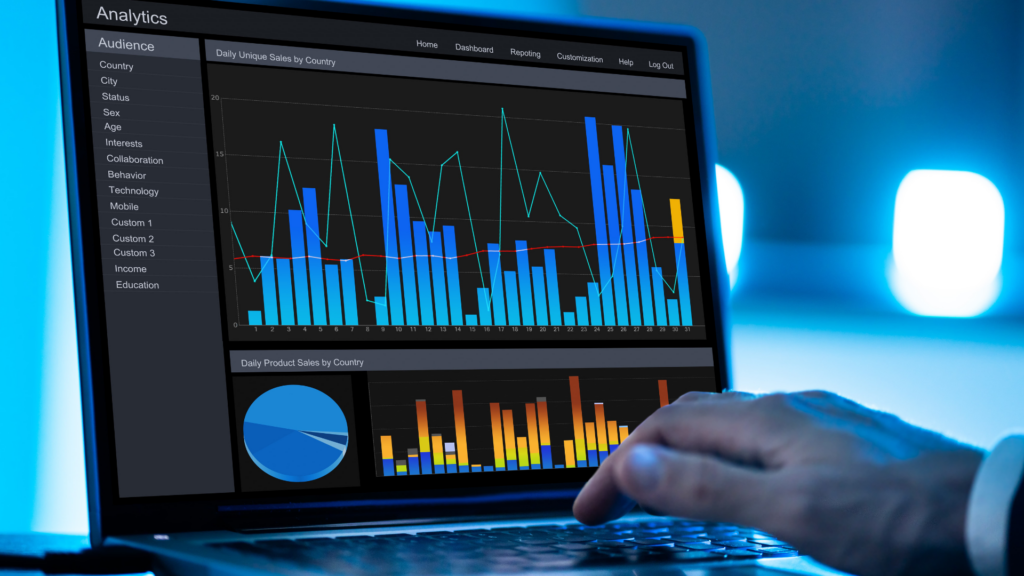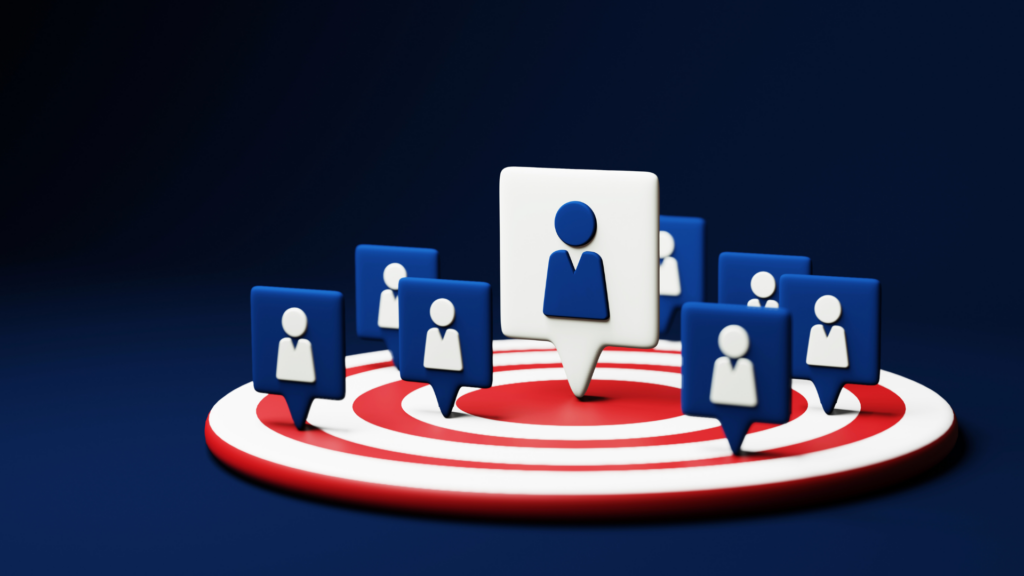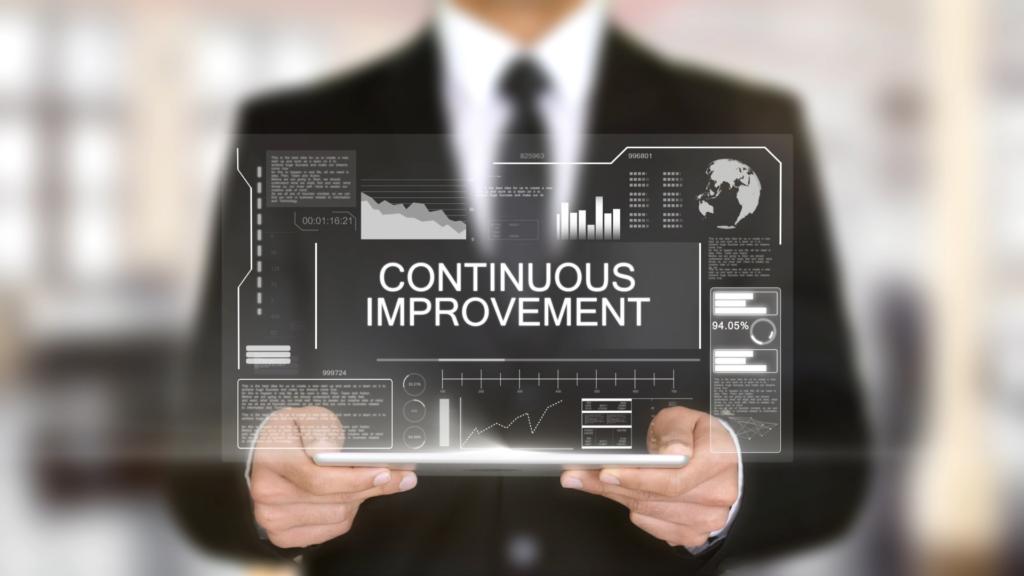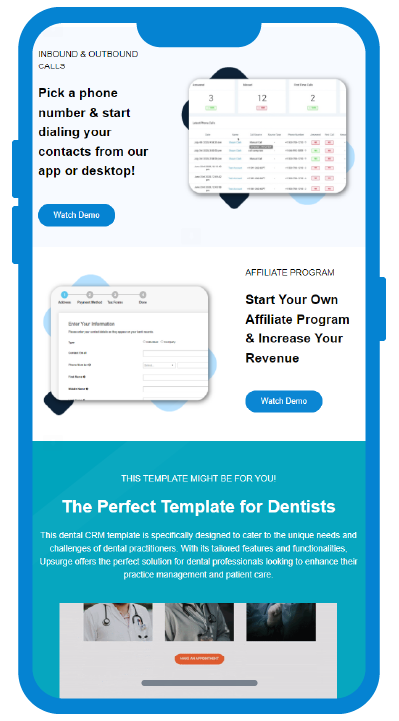
Customer retention is the cornerstone of sustained business growth in the current marketplace. CRM analytics is the key to unlocking this potential and transforming how companies understand and interact with their customers. With studies demonstrating significant boosts to profitability from even modest improvements in retention, the power of CRM analytics to drive loyalty and fuel long-term success is evident. This article explores why mastering CRM analytics is an opportunity and a critical strategy for any business focused on building enduring customer relationships.
Understanding customer behavior is integral to the retention matrix. CRM analytics do more than merely identify customer transactions; they delve into the nuances that define customer interactions with a brand.

The journey to understanding customer behavior commences with rigorous data collection. Contemporary CRM systems meticulously track and record every customer interaction, creating a narrative that spans the entire spectrum of customer engagement with a company. This compiled data serves as a repository of insights, forming the foundation upon which customer retention strategies are built.
For example, scrutinizing purchase history allows companies to anticipate customer needs, aligning marketing strategies and inventory management with actual consumer demand. An analysis of purchasing patterns reveals not only preferred products but also the timing and context of purchases, enabling businesses to optimize their offerings and marketing campaigns to coincide with customer inclinations.
The essence of CRM analytics lies in its capacity to interpret and act on the data collected. Identifying behavioral trends allows for predictive strategizing. For instance, if a pattern indicates a particular demographic is prone to churn, proactive retention strategies can be enacted in anticipation, effectively mitigating potential attrition.
Predictive behavior analysis is a game-changer. It empowers businesses to preemptively address customer disengagement, drawing upon identified patterns to introduce tailored retention measures before churn can occur.

CRM analytics offer businesses a microscope through which individual customer preferences and needs can be discerned, providing a vantage point from which to create customized experiences. For instance, if analytics demonstrate a customer’s preference for eco-conscious products, CRM systems can trigger targeted discounts or recommend similar products, thereby addressing customer needs and fostering engagement.
The modern customer’s expectation of personalized experiences is the driving force behind the evolution of CRM analytics.
Practical marketing efforts pivot on the ability to segment customers accurately. CRM analytics enables businesses to classify their customer base into different groups based on criteria such as behavior, purchase history, and demographics, allowing for a more nuanced marketing approach. Such segmentation is depicted in the varied messages crafted for new customers as opposed to those designed for long-standing ones, ensuring that each communication is pertinent and practical.

Segmentation is merely the beginning—true prowess in CRM analytics is manifested in the capacity to tailor communications and offers to individual segments. When CRM analytics reveal a preference within a segment—for example, sustainable products—businesses can respond with tailored, personalized marketing strategies that resonate with that particular audience. This deep level of personalization does more than attract customer attention; it engenders a sense of value and understanding, leading to higher engagement rates.
CRM analytics facilitate the creation of customer experiences that resonate on a personal level, transcending the transactional nature of purchase to forge authentic relational connections. These analytics provide the insights necessary to fine-tune every customer interaction, ensuring each brand touchpoint is both relevant and memorable.
CRM analytics is instrumental in shaping retention strategies, marking the beginning of a journey that progresses through personalized marketing and enhanced customer service and ultimately evolves into predictive retention grounded in analytics.
The hallmark of retention efficacy is exceptional customer service and support, and CRM analytics are foundational in this domain. They provide the insights needed to elevate every facet of the customer service experience.

CRM analytics arm customer service representatives with comprehensive background information, enabling personalized interactions that address customer needs quickly and effectively. This customized approach not only fosters a sense of customer value but can also lead to more efficient issue resolution. The Aberdeen Group’s research corroborates this, showing that companies with robust omnichannel customer engagement strategies boast an 89% retention rate, in contrast to a mere 33% for those with weaker engagement strategies.
The evolution of customer service from reactive to proactive is a direct consequence of CRM analytics. By identifying common issues before they become widespread, CRM analytics allow businesses to proactively address problems, preventing broad customer dissatisfaction. This approach minimizes negative experiences and showcases an organization’s dedication to improving products and services in response to customer feedback.

The value of consistency in customer support cannot be overstated—it breeds familiarity and trust. CRM analytics enable companies to keep all departments informed with a unified customer view, facilitating consistent support that solidifies customer loyalty and promotes long-term relationships.
Predictive analytics underpin proactive retention strategies. By forecasting future customer behaviors based on historical data, CRM analytics can alert businesses to at-risk customers, enabling swift, targeted interventions.

Critical to the efficacy of retention strategies is the ability to identify customers who are likely to churn. CRM analytics facilitate this by analyzing engagement levels, purchase trends, and service interactions. Early identification of at-risk customers allows businesses to proactively engage with personalized retention strategies.

Predictive churn rate analytics offers businesses a strategic advantage by providing a lens into the health of their customer base and enabling the effective allocation of retention resources. Whether re-engaging customers showing signs of churn or focusing on customer segments needing extra attention to maintain satisfaction, predictive analytics provide a road map for strategic retention planning.
The true power of CRM analytics is in their ability to shape precise retention campaigns. By leveraging predictive insights, businesses can identify which customers are likely to churn and tailor their retention strategies—be it through special discounts, loyalty rewards, or personalized product suggestions—to maintain a robust customer base.

The most successful businesses adapt over time, and CRM analytics play a pivotal role in this continuous improvement process.
The integration of CRM analytics across various feedback channels provides businesses with the ability not only to listen to their customers but also to understand their sentiments and concerns. Whether through surveys, social media interactions, or direct feedback, CRM analytics turn raw data into valuable insights that drive improvements.
CRM analytics can distill large volumes of feedback into actionable insights. If customers consistently mention a pain point with the checkout process on an e-commerce site, for instance, analytics can highlight this as an area for improvement. By implementing changes based on this data, businesses demonstrate their commitment to customer satisfaction and can measurably improve the customer experience.
The feedback loop is a mechanism that translates customer feedback into tangible business actions, creating a cycle of constant enhancement and adaptation. CRM analytics ensure that this loop is sustained, enriching the customer experience and fostering an environment where customer feedback directly influences strategic directions.

A key metric in customer retention is Customer Lifetime Value (CLV), which represents a customer’s overall value to the business throughout their relationship. CRM analytics are instrumental in calculating and influencing CLV.
CRM analytics provide businesses with the historical data needed to assess CLV accurately. This understanding allows companies to develop strategies to increase purchase frequency, enhance each transaction’s value, and prolong the customer relationship.
The insights gained from CRM analytics enable businesses to tailor their cross-selling and upselling strategies, increasing the average order value & purchase frequency. Furthermore, by focusing on customer satisfaction, companies can extend the lifespan of their customer relationships, leading to improved retention rates.
There is a noticeable correlation between high CLV and retention rates; satisfied customers tend to demonstrate loyalty through repeat purchases and sustained engagement. Businesses can directly influence their retention rates and overall company health by maximizing CLV.
Upsurge CRM is a formidable ally in an era when customer retention is more critical than ever for sustainable business growth. With cutting-edge analytics and comprehensive customer management functionalities, Upsurge CRM allows businesses to fortify customer loyalty and curb churn. Here’s how Upsurge CRM propels customer retention to new heights.

Upsurge CRM commences its offering by amassing a rich tapestry of customer data from many touchpoints. This encompasses the entire customer lifecycle, from the initial point of contact to post-sale engagements, providing a panoramic view of the customer journey.
The CRM enables businesses to craft comprehensive customer profiles, consolidating data from various channels. This confirms that every team member can access consistent, current information, allowing for more impactful customer interactions.
Upsurge CRM tracks all customer engagement, from email interactions to website engagement. This enables businesses to discern customers who are becoming more engaged or those whose interest is dwindling, informing timely and fitting retention strategies.
Upsurge CRM’s targeted communication capabilities empower businesses to reach customers with highly personalized messages, ensuring relevance to the customer’s preferences and behaviors.

With sophisticated segmentation tools, businesses can categorize their customers based on various factors, facilitating finely honed messaging that speaks directly to each group’s unique needs and interests.
At the heart of Upsurge CRM’s effectiveness is its automation capability, which ensures specific customer behaviors trigger personalized messages and deliver relevancy and timeliness crucial for fostering engagement and loyalty.

Upsurge CRM is more than a marketing tool; it’s an integral hub for top-tier customer support. Support teams can offer fast, accurate, and consistent service by centralizing customer information.
The analytics capabilities embedded within Upsurge CRM allow for anticipating potential issues, enabling customer service teams to proactively engage and resolve these issues, thereby averting customer frustration.
With detailed customer information at their fingertips, service agents are empowered to personalize their approach, crafting a support experience that is both satisfying and effective for the customer.

Robust insights and analytics lie at the core of Upsurge CRM, driving loyalty-building initiatives. Businesses can craft retention strategies that resonate with their audience by profoundly understanding the factors that cultivate customer commitment.
Upsurge CRM illuminates behavior patterns and trends by dissecting customer data, enabling businesses to devise loyalty programs and initiatives that align with their customers’ motivations and preferences.
Within Upsurge CRM, predictive models are employed to forecast which customers are at risk of churning and which may emerge as potential brand advocates. This enables businesses to focus their retention efforts effectively, ensuring a higher return on investment.

Continuous product and service improvement are paramount, and Upsurge CRM plays a crucial role in capturing and analyzing real-time feedback, which feeds directly into the development cycle.
Upsurge CRM facilitates the establishment of active listening channels, capturing customer feedback through surveys, social media, and direct interactions. This keeps businesses attuned to customer sentiment and expectations.
Upsurge CRM delivers the tools necessary to implement changes spurred by customer feedback. This ensures the business remains agile and aligned with customer needs, increasing satisfaction and retention.

Finally, Upsurge CRM’s advanced reporting functions allow businesses to measure the success of their retention strategies. These reports provide insights into what’s working and not, enabling companies to adapt and optimize their approaches over time.
With Upsurge CRM’s CRM’s reporting, businesses can track their retention rates over time, breaking down the data by various customer segments to identify patterns and opportunities for improvement.
In conclusion, CRM analytics are indispensable in shaping and fortifying a robust customer retention strategy. Upsurge CRM is a testament to this, propelling businesses to secure a steadfast customer base and driving profitability through elaborate insights into customer behavior, crafting personalized connections, and concentrating on amplifying Customer Lifetime Value. In a data-dominant world, the deployment of CRM analytics is not merely beneficial—it is imperative.
Upsurge CRM is poised to become your stalwart companion in turning every customer relationship into a springboard for retention and business progression. Embrace Upsurge CRM to elevate your business to unprecedented customer-centric success.

The Real Benefits of Contact Management with CRM for Collecting Customer Data Managing and leveraging customer information has become a foundational aspect of success…
Can a CRM Really Automate My Sales Follow-Ups and Boost My Small Business Revenue? Small businesses face increasing pressure to maintain consistent communication with…
Best CRM Software for Sales Prospecting: Transform Your Sales Prospecting Struggling to turn cold leads into paying customers? You’re not alone. In today’s competitive…